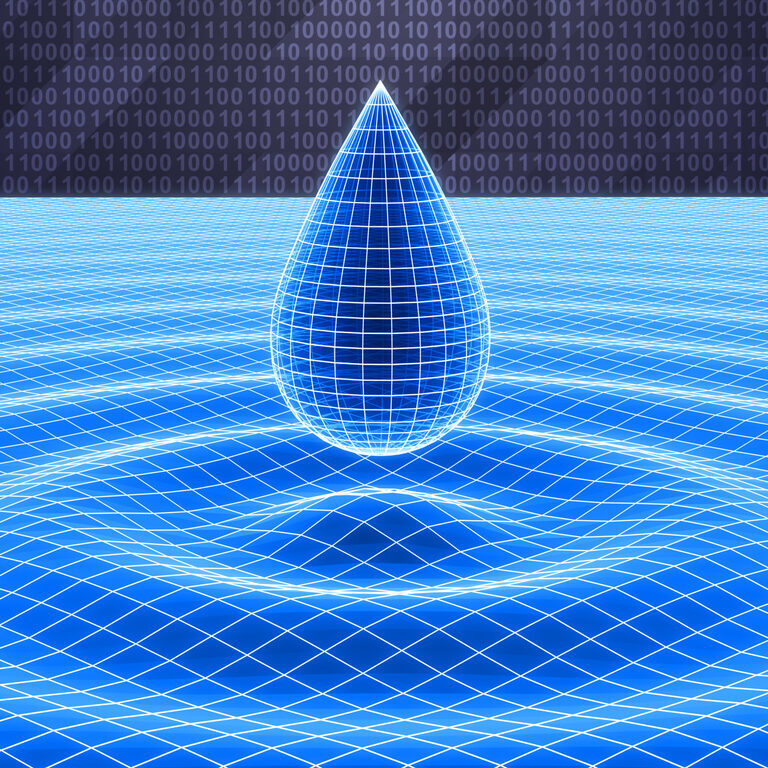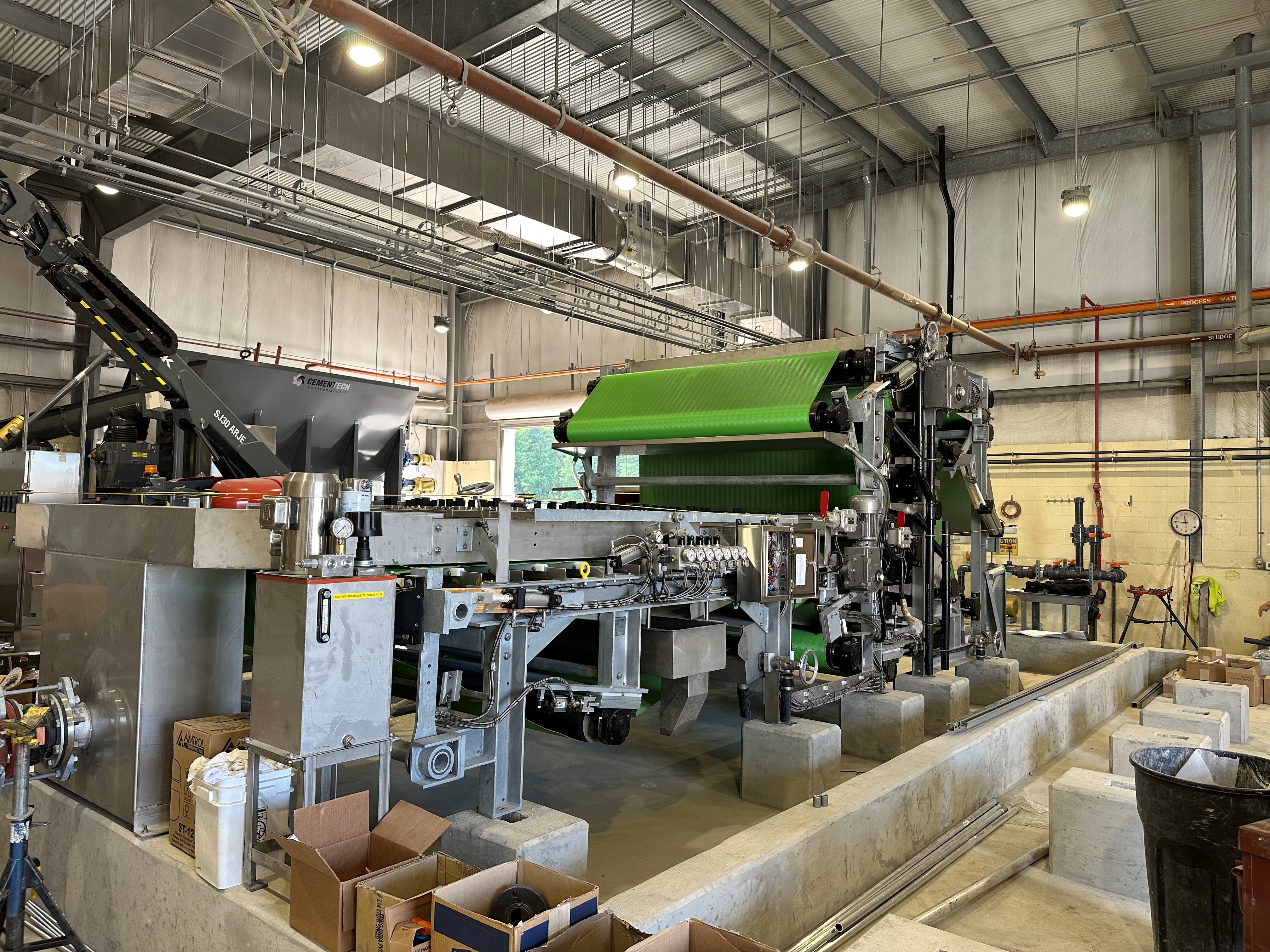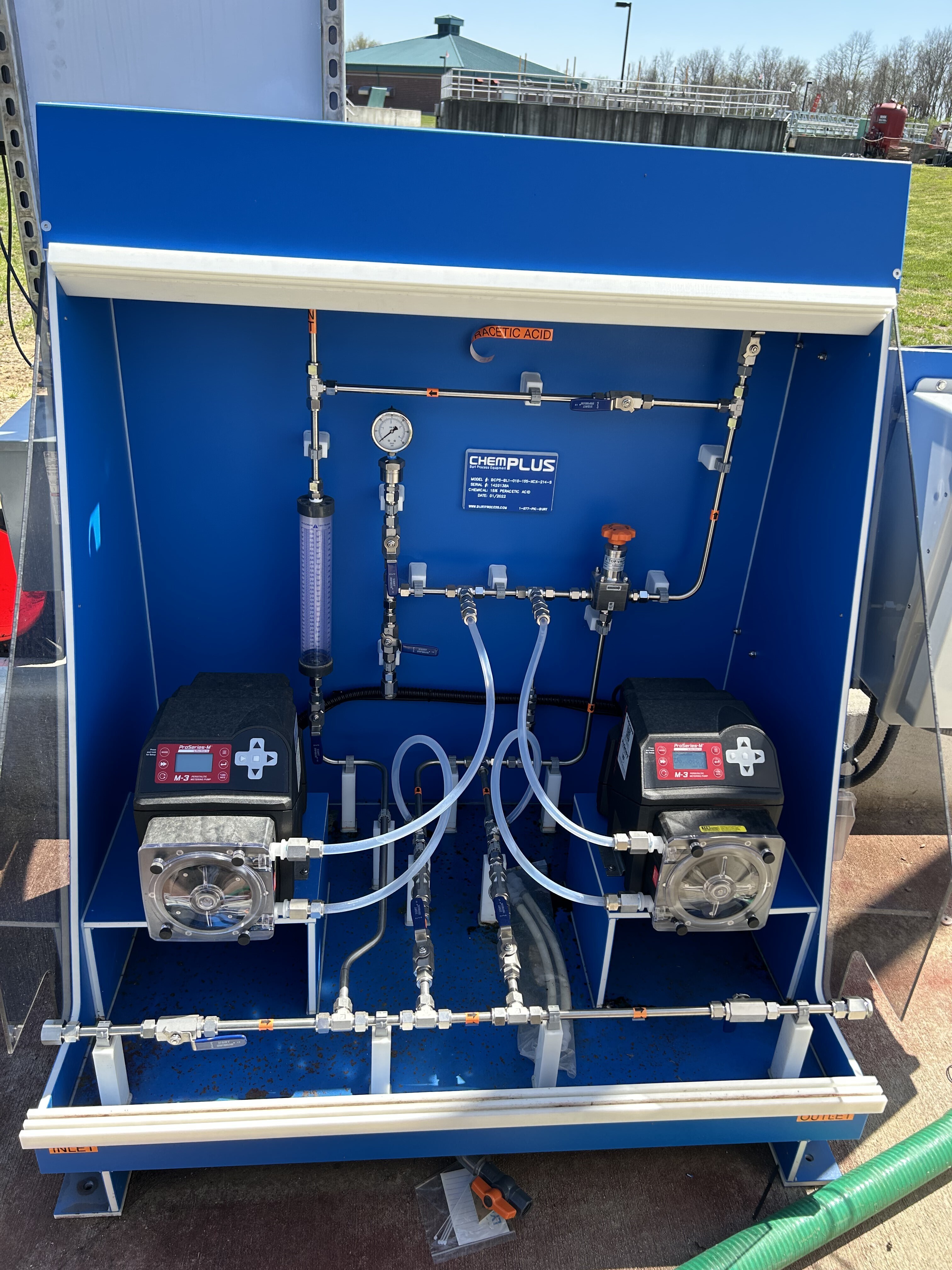Per- and polyfluoroalkyl substances (PFAS) are a group of synthetic chemicals widely used for their resistance to heat, water, and oil. Unfortunately, these same properties make PFAS persistent “forever chemicals” that accumulate in the environment and pose serious health risks. As regulatory agencies tighten limits—often as low as 4 parts per trillion—industries and utilities must deploy robust PFAS remediation strategies to achieve compliance and protect downstream users.
The Challenge of PFAS in Water
Environmental Persistance
PFAS resist natural degradation, allowing them to bioaccumulate in ecosystems and drinking-water supplies.
Health Impacts
Exposure is linked to liver and kidney damage, immune system disruption, developmental issues in infants, and elevated cancer risk.
Regulatory Pressure
The U.S. EPA’s 2024 Maximum Contaminant Levels (MCLs) mandate strict PFAS limits, and many states are adopting even more stringent thresholds.
To address these challenges, effective PFAS water treatment must integrate proven removal methods, continuous monitoring, and expertise from specialized PFAS remediation companies.
PFAS Removal from Water: GAC, IX, and RO
Granular Activated Carbon (GAC)
Granular Activated Carbon remains the workhorse of PFAS removal in both municipal and industrial applications:
Adsorption Mechanism
PFAS molecules bind to the high-surface-area pores of activated carbon particles, effectively stripping them from water.
Design Best Practices
- Empty Bed Contact Time (EBCT): Aim for 10–20 minutes to optimize PFAS capture.
- Lead-Lag Vessels: A dual-vessel configuration provides redundancy and extends media life.
Advantages
- Well-established performance data
- Regeneration and reactivation programs extend service life
- Scalable for flows ranging from small treatment plants to large industrial volumes
Ion Exchange Resins
For shorter-chain PFAS, specialized ion exchange resins offer targeted removal:
Selective Binding
Resins are engineered to preferentially attract PFAS anions, even in the presence of competing organic compounds.
Selecting the Right PFAS Remediation Company
When evaluating PFAS remediation companies, consider:
- Demonstrated Expertise: Look for full-scale installations and third-party performance data.
- Regulatory Support: Does the provider assist with permitting, monitoring plans, and reporting?
- Local Presence: Regional representatives can expedite design, delivery, and startup services.
- Turnkey Solutions: End-to-end offerings—from pilot testing to media reactivation—ensure seamless project delivery.
PFAS Remediation
Pelton Environmental Products serves as the exclusive representative for Calgon Carbon in Ohio, Kentucky, and Indiana, offering system design, technical support, and maintenance services for GAC-based PFAS treatment.
Optimizing PFAS Water Treatment Systems
Pretreatment Assessment
Address high levels of suspended solids or organics that can shorten media life.
Monitoring Strategy
Regular sampling upstream and downstream of treatment vessels to detect breakthroughs early.
Lifecycle Management
Schedule media replacement or regeneration before PFAS concentrations exceed regulatory limits.
Modular Skid-Mounted Units
For smaller facilities or pilot studies, modular systems offer rapid deployment and flexibility.

Emerging Trends in PFAS Removal Technology
Real-Time Sensors
On-line PFAS analyzers will soon enable continuous compliance monitoring.
Case Study Snapshot
A mid-sized municipal plant implemented a PFAS remediation system using:
- Two GAC vessels in lead-lag configuration
- EBCT of 15 minutes
- Annual media reactivation via an off-site service provider
Results
Influent PFAS levels of 30 ppt were reduced to below 4 ppt, maintaining compliance with the 2024 EPA MCL.
Contact your Pelton Environmental Products sales representative to discuss PFA Remediation.

Next Steps
Implementing effective PFAS removal from water requires a combination of proven PFAS removal technology, strategic system design, and collaboration with experienced PFAS remediation companies. Whether you’re a water utility, industrial plant, or environmental consultant, start with a detailed site assessment and pilot testing to select the optimal treatment train.
Take Action Today!
Contact Pelton Environmental to schedule a pilot study and design a turnkey PFAS treatment solution tailored to your facility’s specific needs.
Frequently Asked Questions About PFAS Treatment Technologies
The most effective PFAS treatment technologies are granular activated carbon (GAC), ion exchange (IX) resins, and reverse osmosis (RO). The best choice depends on PFAS type, water chemistry, and system design.
GAC adsorbs long-chain PFAS molecules onto its porous surface. It is widely used for municipal and industrial systems treating PFOA and PFOS. Media replacement or reactivation is required once adsorption capacity is reached.
IX resins use charged polymer beads to capture both long- and short-chain PFAS. They typically offer higher capacity and faster kinetics than GAC, making them effective in systems with shorter contact times.
Yes. RO membranes provide the broadest PFAS removal, rejecting nearly all chain lengths. RO is often used where high-purity effluent is required, though it generates a PFAS-concentrated waste stream that must be managed.
Selection depends on PFAS species, concentration, flow rate, co-contaminants, and lifecycle cost. Many utilities pilot multiple technologies to validate performance and ensure compliance with EPA and state limits.



